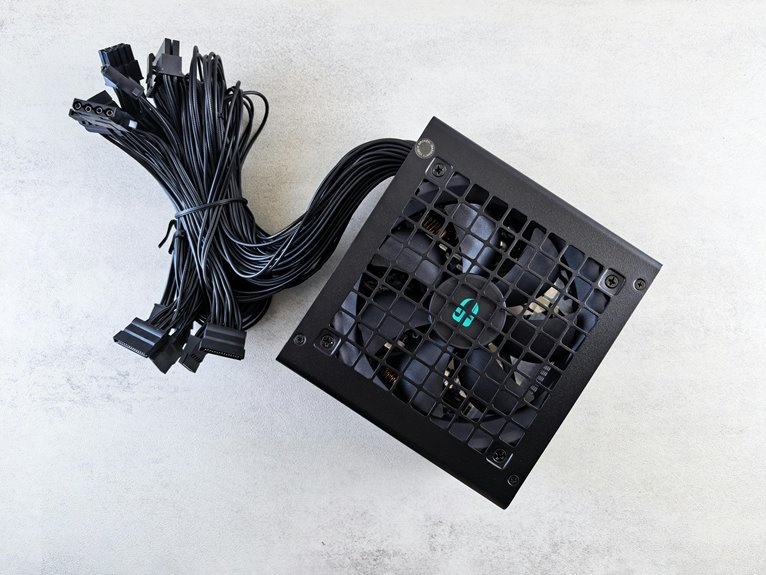The Cyber Threat Intelligence Response Unit (CTIRU) is crucial for modern security frameworks, enabling organizations to identify and counteract emerging cyber threats effectively. By leveraging sophisticated analysis techniques and robust data collection, you can enhance your threat detection capabilities. However, the real challenge lies in adapting these strategies based on continuous learning from both successes and failures. What specific methods can you employ to ensure your organization remains resilient against evolving threats?
The Role of Cyber Threat Intelligence in Modern Security
In today’s digital landscape, the significance of cyber threat intelligence (CTI) can’t be overstated; it serves as a critical component in modern security frameworks.
By enhancing cyber resilience, CTI empowers organizations to preemptively identify vulnerabilities.
Effective threat hunting strategies rely on actionable intelligence, enabling you to adapt defenses against evolving threats and ensure a robust security posture in an increasingly complex environment.
Key Components of the Cyber Threat Intelligence Response Unit
While understanding the key components of a Cyber Threat Intelligence Response Unit (CTIRU) is crucial for effective cybersecurity management, each element plays a distinct role in enhancing threat detection and response capabilities.
You’ll find that robust data collection, analysis frameworks, and intelligence sharing mechanisms ensure timely insights, empowering your organization to proactively address threats and enhance overall security posture.
Strategies for Identifying and Analyzing Cyber Threats
Robust data collection and analysis frameworks lay the groundwork for effective strategies in identifying and analyzing cyber threats.
You should prioritize advanced threat detection techniques, leveraging machine learning algorithms to enhance data analysis capabilities.
Regularly updating threat intelligence feeds and conducting vulnerability assessments will further refine your approach, allowing for swift identification of emerging threats and enabling proactive defenses to safeguard your digital assets.
Case Studies: Success Stories of Mitigating Cyber Threats
Successful mitigation of cyber threats often hinges on the lessons learned from real-world case studies that illustrate effective response strategies.
For instance, organizations that implemented robust phishing prevention measures significantly reduced incident rates, while those that developed comprehensive ransomware recovery plans managed to restore operations swiftly.
Analyzing these success stories enables you to adapt and enhance your own cybersecurity posture, fostering resilience against future threats.
Conclusion
In the ever-evolving battlefield of cyber threats, the Cyber Threat Intelligence Response Unit serves as your shield and sword, fortifying defenses while striking against adversaries. By embracing intelligence sharing and learning from past encounters, you transform vulnerabilities into strengths. Consider each analysis as a beacon guiding your organization’s resilience, illuminating paths through the darkness of uncertainty. Ultimately, with the right strategies in place, you’re not just reacting to threats; you’re anticipating them, staying one step ahead in this digital war.












